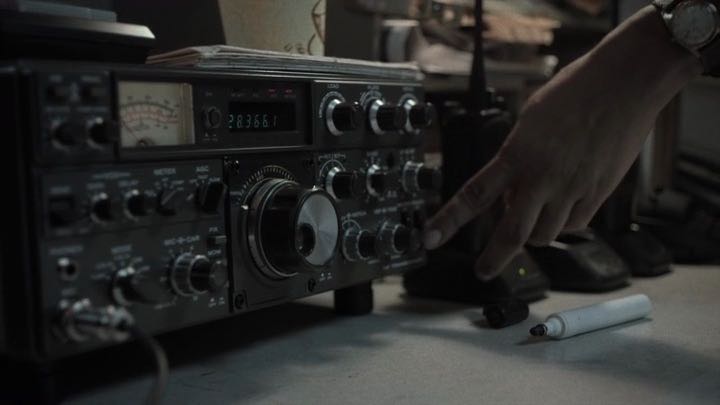
Photo showing off the inside of an Audimeter, a device for measuring what people were listening to on radio (Photo: February 1945 issue of Radio-Craft via Gizmodo)
(Source: Gizmodo)
[…]The February 1945 issue of Radio-Craft magazine included an article titled “Radio Audience Meter” which looked at the machine that was revolutionizing audience measurement. First installed in homes on a trial basis in 1939, the Audimeter was placed next to a family’s existing radio.
The article included photo cutaways that showed how the Audimeter worked. Back in those days, radios had dials. Fitted with a series of gears, the Audimeter was a standalone device connected to a radio. It had an arm that moved whenever the radio dial was turned. So whenever the radio station was changed, the Audimeter’s arm would swivel along a long tape that was slowly rolling inside this gadget. The tape inside was about 100 feet long and three inches wide and reportedly lasted for about a month of recording.
The market researchers would collect the tapes by visiting each house monthly and shipping the tapes to a plant in Chicago. Once there, the tapes were processed by dozens of laborers feeding the tapes into tabulation machines.
“The Audimeter made it more scientific,” Buzzard noted about the measuring device. “They got automatic readings.”
And words like “scientific” and “automatic” were all the rage for gadgets of the 1940s, even if by today’s standards there was quite a bit of legwork involved.[…]




